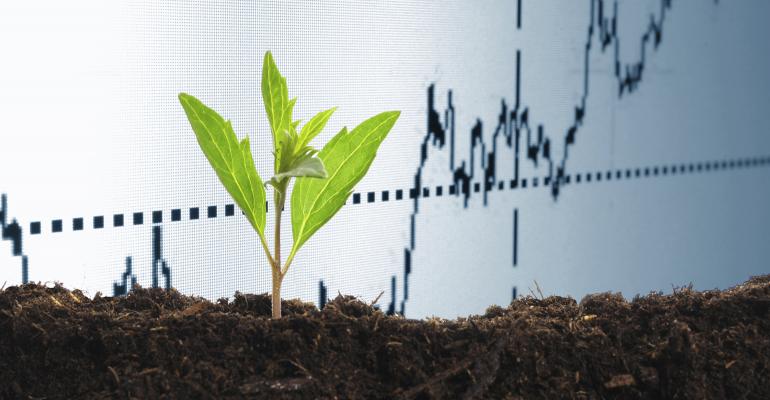By Jesse Clinton
The notion of investing in a company that focuses on a common good has a longer history than the conversations we’re having about it today, and those conversations, like the terms themselves—SRI, impact, ESG—continue to evolve.
Now more than ever, we’re talking to investors about how environmental, social and governance factors (ESG) can have a meaningful impact on their portfolios. How we broach the subject begins with three questions related to interest, intel and age.
By interest, we mean public corporations’ interest in conducting business with more in mind than quarterly financials. We also mean interest among investors—be they millennials, Gen X or boomers—in the companies that do so. According to a State Street survey of global pension managers, 76 percent of these asset owners said they would be more likely to hire a fund manager that adheres to ESG principles than one without.
By intel, we mean the availability and accessibility of data that helps us make informed decisions on behalf of our clients. Ten years ago, or even five years ago, we didn’t have half of the intel that’s at our fingertips today. Among the organizations making that possible is the Governance Accountability Institute, which recently reported that 81 percent of the S&P 500 companies published corporate sustainability reports. In 2011, just under 20 percent of S&P 500 companies had reported.
Then there’s the generational, or age, piece to this puzzle. According to a Morningstar report, the demographics are shifting to a younger generation of investment decision makers (i.e., millennials), who have a greater affinity for sustainable investing. While that may be true, we see as much interest from our Gen X clients, who are still focused on wealth accumulation, as we do from our boomer clients, who are focused more on income in retirement.
And while each client conversation is nuanced and each game plan customized, as fiduciaries we start by asking ourselves three primary questions on the subject:
How do I get my clients to consider ESG investment opportunities when I know it’s in their best interests?
More than half of the investor population, sophisticates included, don’t fully understand ESG, despite the fact it’s now a mainstream topic, at the center of global economic and political debates.
When you’re talking to younger clients, it’s important that you appeal to their sense of altruism, since they might not be as concerned with the risk given their longer time horizon. It’s also important to understand that for their entire adult lives, they’ve had access to the science about issues such as global warming and have seen news stories on poor working conditions in 'third world' countries. They understand, almost innately, that these investments are as much about society’s self-preservation as their own wealth preservation.
Then there are the boomers. Born between 1945–1964, this generation didn’t have to think about a company’s carbon footprint or consider rising sea levels as a disruption to a major manufacturer’s supply chain. When we talk to these clients, we try to get them to a place that brings the issue beyond just a values-based mission. These activities pose material risks and opportunities for businesses, and if these companies continue to revise their business mission, this could help them create wealth.
Is there enough performance intel on these funds to validate the investment risk?
This is the single most difficult question to answer, and for the first time in a long time, we’re able to substantiate our answer with data that shows ESG investing is prudent from a returns point of view.
In this case, bigger is better, as large-cap companies lead the charge and, purely based on size, they are able to create the seismic wave necessary to make this a palpable investment opportunity. In our analysis, however, we must weigh the ESG profile of mega multinationals alongside the smaller companies that are incorporated into ESG management strategies.
Barron’s recently published a list of the top ESG funds, and the research shows that the top 50 of the 200 U.S. large-cap actively managed funds with the most sustainable portfolios beat the S&P’s 15.4 percent return in the year ended Sept. 30.
How do I properly vet these investment opportunities?
The onus is on companies to shed light, when appropriate, on their operations. Unfortunately, we’re still not seeing enough of it, and when we do, we’re uncovering dribs and drabs of the ugly side of governance.
When we consider investment opportunities on clients’ behalf, we consider every measurable unit of a business that qualifies the opportunity as a confirmed (and potentially profitable) ESG opportunity. Of course, these investments aren’t made in a vacuum, so we call upon third-party data and apply our own thinking to what’s available in the marketplace, which is still not near what it will be five years from now.
Jesse Clinton is a partner and managing director for VERITAS Private Wealth at Snowden Lane Partners.





